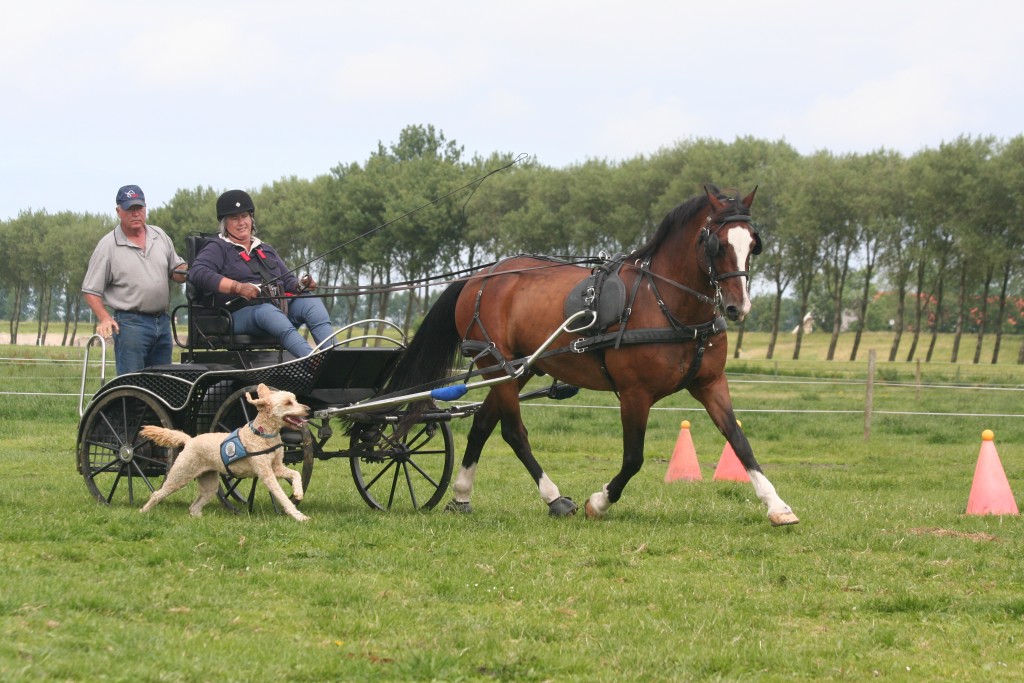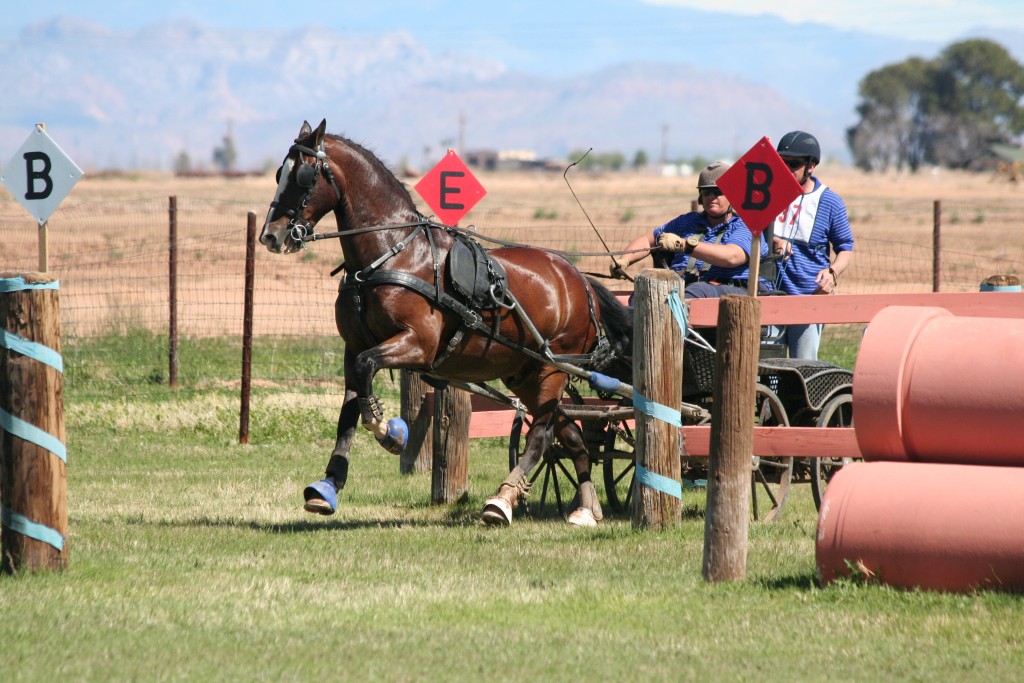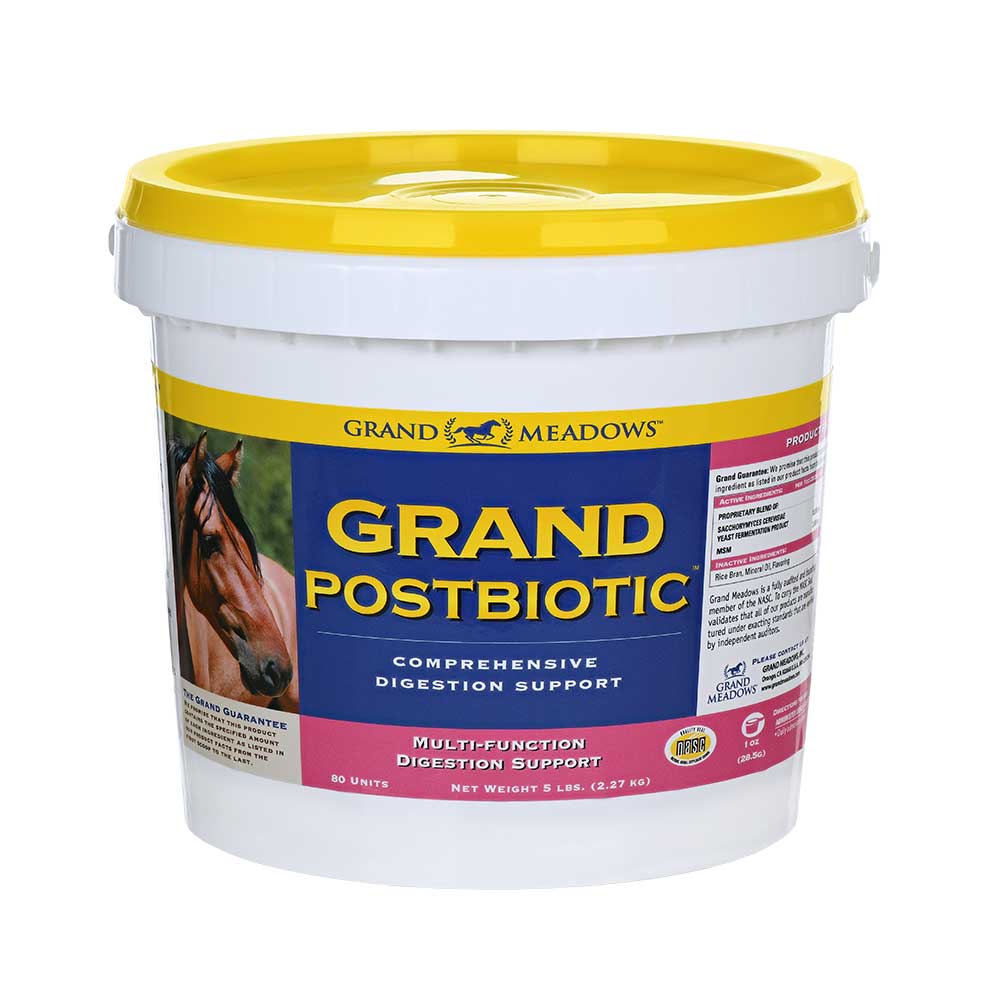Horse Training Tips
Exclusive Interview with International Para Driver Diane Kastama
Diane Kastama, hailing from the beautiful Central Coast of California is an accomplished International Para Driver, lifelong horse woman and a Grand Meadows VIP. We recently had the chance to talk with her after her nomination for the 2015 USEF Equestrian of the Year. (Photos courtesy of Pat Kastama.)
Grand Meadows: At what age did you become horse crazy?
Kastama: Five, when I rode on my first pony as a pony ride. I started lessons at seven.
Grand Meadows: Did you come from a horsey family?
Kastama: No, I grew up in the city in San Diego. My parents drove me out to the country for dressage horseback riding lessons. I also went to horse camp as a kid.
Grand Meadows: After your auto accident in 1991 would you say that horses were a motivating factor in your recovery?
Kastama: Yes, I was the only one in rehab wearing cowboy boots, and said I would rather learn how to clean a horse corral and wheel a muck cart from my chair than learn to use the vacuum. The doctor told me I had to wait a year before I rode a horse. A year to the date I was back on a horse at REINS a therapeutic riding center in Bonsal, CA.
Grand Meadows: Did you know then that driving was going to be such a huge part of your life?
Kastama: I had no idea I would get into driving as a kid growing up. It wasn’t until I started riding after my accident and I wanted to go fast and out on trail, and the only way I could figure that out was to get in a carriage and drive. Riding with sidewalkers was fun but involved a lot of people. The great part of driving is I still need some help but they don’t need to know anything and they get to ride on the carriage also.

Grand Meadows: How many driving ponies/horses have you had and trained?
Kastama: I trained my appaloosa trail horse myself from my wheelchair. I had him prior to my accident and I did ride him after. I had a friend build me a ramp at home so I could get on him. I had another friend dig a ditch next to a porch so I could ride him. It turned out he was unsuitable to driving as he was going blind. So I trained an appaloosa mare I had for breeding to drive and showed her at pleasure shows, but then she was too pregnant. So my first real show horse was her first foal who I raised and trained myself I had shown her halter at shows as a weanling and yearling, so as a two-year-old I trained her to drive and she became my first Combined Driving Horse when she was four. Rocks Anne was her name. I had another Appy broodmare that I rode and I sent her to a trainer for driving trainer as she was more forward, I also drove her daughter single and in a pair. She injured herself and so in 2004 I was competing in Scotland with a loaned Welsh Cob Jasper who I fell in love with and his partner Rupert. I ended up buying both of them and competed them single, pair and tandem. These horses propelled me into the Advanced and FEI level of competition. I added a welsh cob, George, to the mix as a spare for the pair and in 2008 when I lost Jasper I ended up showing George pair and tandem with Rupert. I still have Rupert, and this summer I acquired my future champion Cavalier a Dutch Harness Horse Cross, he is four. I am also driving an Irish Sport Horse mare that I raised. I now send my horses out to be started and once safe driving I finish the training.
Grand Meadows: Do you prefer driving single or doubles or tandem?
Kastama: I love tandem for the challenge. I like single driving for the finesse. I like the pair for the power and the satisfaction of getting the horses working together.
Grand Meadows: What has been your biggest training challenge?
Kastama: Learning to think outside of the box. If the horse puts its head up to bridle it, I can’t reach, I can’t just climb on a step stool. So figuring out how to teach a horse to put its head down, to clip its ears, bridle path, pull their mane. Those are the hard things, once I’m in the carriage it’s easy!

Grand Meadows: What do you feel has been your greatest achievement?
Kastama: Opening up the sport to more people with physical disabilities. Here in California there are currently six people who have competed in Combined Driving who are paralyzed in some way. This is a huge achievement, as I have worked endlessly to make it easy for others to show in in an open setting. Oh, and there are all those medals I am proud of. One gold, two silver, and three bronze medals!
Grand Meadows: How long do your work your horses daily and how often? How much does it differ when you are getting ready for a big competition?
Kastama: I try and drive every day, each horse gets worked every other day or two days on and one day off. As I get ready for competition season, they are worked more times in a row and for longer if they are going to be shown. I drive my horses from anywhere from 30 minutes to an hour and a half per day, depending on fitness level or what I am trying to accomplish.
Grand Meadows: What do you feel your greatest strengths are as a trainer?
Kastama: I am very positive and I expect my horses to behave. If they can’t stand, they don’t even get hooked to the carriage. I can’t afford to get in a carriage and have to wear my horse out before he will stand. Safety is first.
Grand Meadows: What is your favorite type of competition – dressage, the cross country marathon, or the cones?
Kastama: I love the cones as I get to go fast and if I hit something it doesn’t break. Next is the dressage. I love having my horse do exactly what I want them to do in the exact place. If they can do dressage and cones, then the marathon is a breeze. I like the marathon but it is the most difficult part for me.
Grand Meadows: What horses do you currently have in your program and what are your goals for them?
Kastama: Rupert is 18. He is the one that just went to the World Championships in England. He is retiring as an Advanced Single horse, but I will continue to show him in the pair with Cavalier. As he won’t have to work so hard in the pair and he can still show the upper levels especially for the dressage and cones phase with a pair you can have a third horse that you can’t swap in and out. My future FEI single horse is Cavalier my four-year-old. He is a Dutch Harness Horse Cross. I just bought him in July this year and I am very excited about him. We will show Prelim as a single and in the pair in 2015 and then depending how it goes move him up to Intermediate in the pair first in 2016 or later. I have an Irish Sport Horse who is seven that I have shown Prelim this year, I raised her and my plan is to sell her as she has the potential to be a nice lower level horse but I don’t see her at Advanced, she drives single and pair. I also have a 6-year-old Dutch Cross that will either be a spare for the pair of Rupert and Cavalier or I will sell him. It depends on how his training progress’s. Currently I also use Rupert as a lesson horse and he will be showing with some Junior drivers at the lower levels this year.
Grand Meadows: You have had so many accomplishments – performing at Rolex, Del Mar, Horse Expos and huge events, winning an Individual Silver and Team Bronze medal in 2002 in Greven, Germany on a borrowed Welsh Cob Stallion, placing 5th in 2004 with another borrowed Welsh Cob in Endinburg, Scotland, participating in the closing ceremonies of the World Equestrian Games in Aachen, Germany in 2006, earning an Individual Gold driving your own Welsh Cob, Jasper in 2006 and then again driving Jasper in 2008 to win the Individual Bronze and Team Silver. What have you been up to since?
Kastama: In 2012 I placed 14th at the Para-Equestrian World Championships in Breda, the Netherlands driving a borrowed horse. In 2014 Came home with the Team Bronze from Sandringham, England at the FEI Para-Equestrian World Championships driving Rupert, and was one of four clean cones rounds. I brought my horse George up in the pair with Rupert, from 2008, 2013 all the way to the Advanced level in Pairs. I really focused on driving pairs. And at the end of 2013 I decided I would really like to take Rupert to the world championships, I focused on driving him single at the Advanced level and won Grass Ridge, HDT, Arizona CDE and Vineyard Classic CDE at the Advanced level.
Grand Meadows: You compete in both Para and Open competitions. Do you feel there is a difference in the competitions and how do you feel about competing against able-bodied drivers?
Kastama: The only shows where I compete against the disabled is at the world championships. So I only know about competing against the able-bodied. The best part of driving is once you are in the carriage it doesn’t matter. The only thing that matters is the quality of your horsemanship. And the relationship with your horse. I find the marathon harder because I can’t go as fast and don’t take the risks other drivers do, because if I tip over it is a bit more of an issue for me. That said I have tipped over in competition. I know myself and many other horse people are really inspired by you, your dedication and your success. What advice do you have for young driving enthusiasts or people just getting into the sport?
If you want to learn to drive, find a trainer or a driver in your area and volunteer to help them out. Go to the American Driving Society website to find someone in your area. To find out more about driving with a disability, go to United States Driving for the Disabled.

